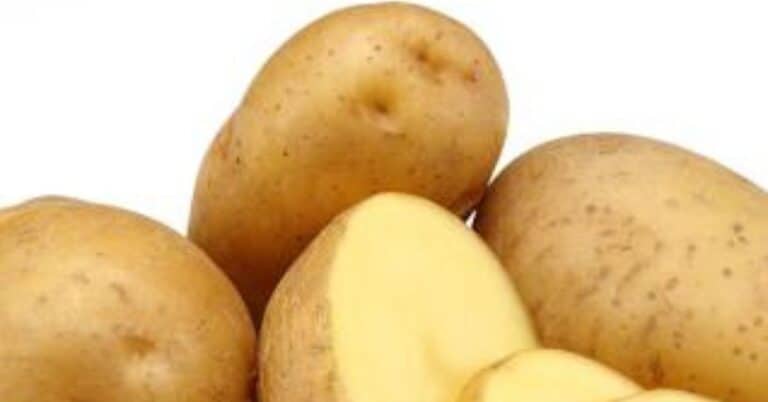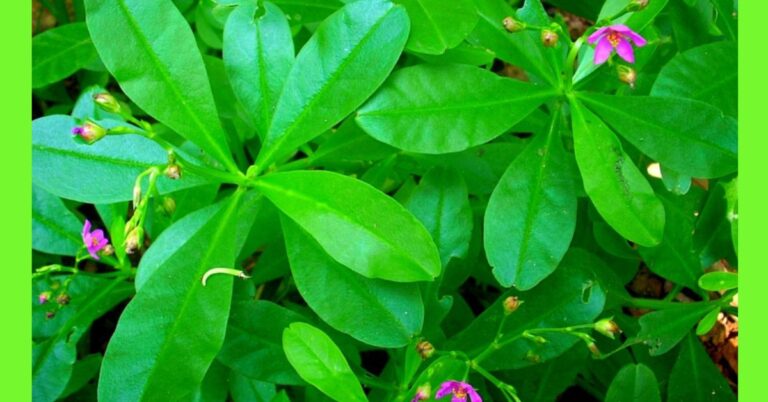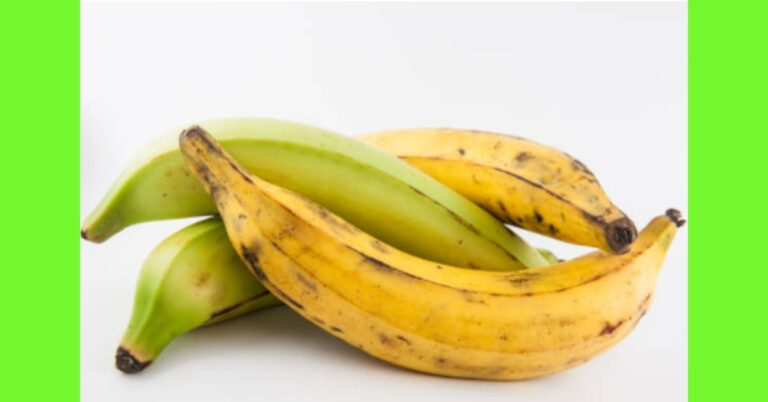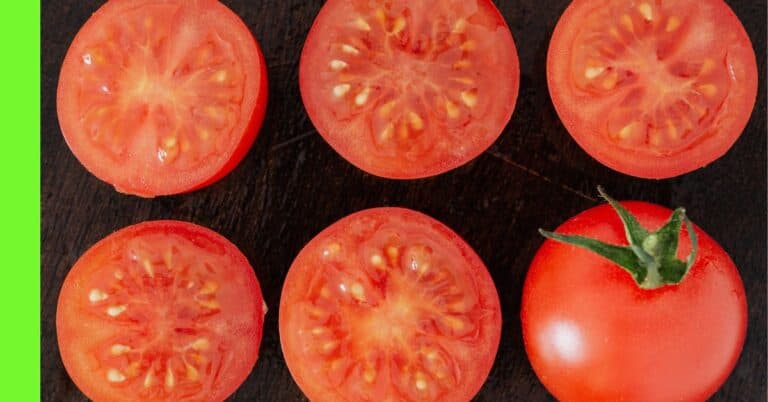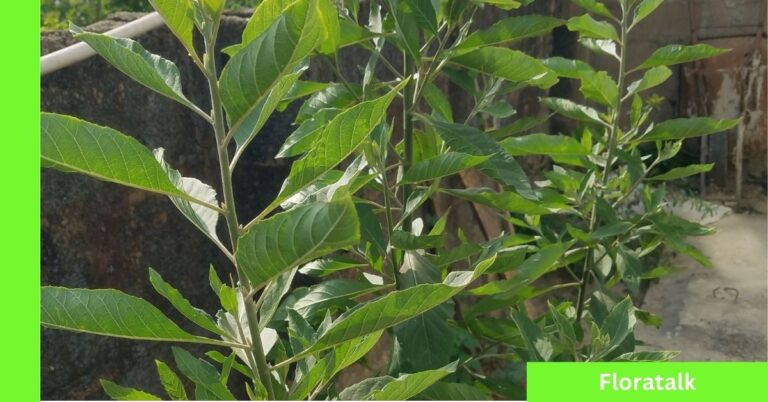Tomato: Simple Facts, Uses You Want To Know

“Knowledge is knowing a tomato is a fruit; wisdom is not putting it in a fruit salad”. Miles Kington
Tomato with botanical name Solanum Lycopersicum L. is an edible fruit,
It’s also botanically classified as a berry
They are classified as vegetables for nutritional reasons, and are a good source of the phytochemical lycopene and the vitamin C.
The fruits are frequently consumed fresh in salads, cooked as a vegetable, added to a variety of prepared foods, and pickled.
In addition, a significant portion of the global tomato production is processed into products including:
- tomato juice,
- ketchup,
- puree,
- paste,
- and “sun-dried” or dehydrated pulp.
Brief History Of Tomato
Where did these tomatoes come from?
Long time ago tomatoes grew in the wild in Western South America,
The people of that region cultivated the crop.
The crop moved from there to Central America and into Mexico,
When Spanish explorers came into Mexico in the 16th century they discovered the plant and brought the seed into Spain.
The crop then spread to Italy and they incorporated it into their cuisine
The plant spread to other parts of Europe and was grown as an ornamental plant
Tomatoes returned to America in the 1700’s through European colonization.
The plant at this time was still grown as an ornamental plant,
Only a few region grow it for food,
In the 1900’s it became popular in the United States.
Tomato came into Africa through European and British colonization,
And this spread throughout northern and southern Africa
And also throughout India, middle east, Philippines, southern China and so on
Every region accepted the plant
Tomato has been grow for years and various hybrids have been produced
Different regions produced new breeds to fit their climate.
There are over 10,000 varieties of tomatoes in the world today.
Description Of Tomato
The tomato is globular or ovoid in shape,
It’s a fleshy fruit that encloses its seed in the pulp, it has a thin outer skin.
It has between 50 to 200 seeds inside it, the seeds are small and lentil in shape.
Tomatoes when ripe are red in colour, they are usually green when they are unripe.
It’s juicy with a sweet sour taste.
Tomato In Nigeria
Tomato is called Otuboala in Igbo, Tòmátì in Yoruba and Tumatar in Hausa.
Nigeria produced 3.58 million tons of tomato in 2021 (knoema).
“Nigeria is the 14th largest producer of tomatoes in the world and the second in Africa,
The country accounts for about 65% of tomatoes produced in West Africa.
Tomato Variety in Nigeria
There’s a wide range of varieties of tomatoes that can be found in Nigeria.
Since the choice of tomato types relies on elements like climate, regional preferences, and the intended application (such as fresh consumption, processing, or export),
There isn’t a single “best” tomato variety grown in Nigeria.
However, the following tomato types are frequently produced in Nigeria:
- Roma VF: Due to their thicker flesh and fewer seeds, Roma tomatoes are frequently chosen for processing since they may be used to make tomato sauce and paste.
- Platinum: renowned for its strong growth and great disease resistance. They are a versatile option for Nigerian farmers as they are excellent for both the rainy and dry seasons
- Cobra F1: Known for their consistent fruit size and superior fruit quality, hybrid varieties. They are dependable for lowering crop losses because they are resistant to a variety of tomato diseases.
- Money Maker: The fruits of Money Maker tomatoes are rounded, red, and delicious. They are ideal for both processing and fresh eating.
- Roma VF Plum: These Roma tomato varieties are excellent for producing sauces and tomato paste.
- Marglobe: Marglobe tomatoes are renowned for their high-quality fruit and resistance to disease. They are frequently picked for both processing and fresh usage.
- Padma F1: Another hybrid type that has a great yield potential and an early maturity. They are resilient to widespread tomato illnesses and thrive over many different Nigerian locations.
- Tanya: Due to their strong firmness and abundant fruit yield, Tanya tomatoes are another preferred option for processing.
- UC82B: Because UC82B tomatoes are a determinate type, they bear fruit in a short amount of time. For processing and canning, they are preferred
It’s crucial to remember that the ideal tomato variety can change based on the farmer’s unique objectives and the growing circumstances in a given region of Nigeria.
Farmers frequently select tomato cultivars that are compatible with their regional climate and consumer preferences.
Various Types Of Tomatoes
There are countless varieties of tomatoes, many of which are hybrids, they can be generically classified into seven categories.
Cherry tomato
Cherry tomatoes are small, oblong, and extremely juicy; if you bite into one, they might pop.
For salads or as a snack on their own, they are the ideal size. In addition, skewers and kebabs work well with them.
Grape tomato
In comparison to cherry tomatoes, grape tomatoes are roughly half the size.
They are oblong and don’t have as much water in them. Grape tomatoes are fantastic in salads and make a great snack all by themselves,
just like cherry tomatoes. The grape variety of tomato can be a better option for you if you dislike cherry tomatoes’ juiciness.
Roma tomato
Roma tomatoes are bigger than cherry and grape tomatoes, but they aren’t big enough to be sliced.
Plum tomatoes are another name for Romas.
They are a good choice for preserving or creating sauces because they are naturally sweet and juicy.
They are also widely used in salads.
Beefsteak Tomato
The size, sturdiness, and firmness of beefsteak tomatoes allow them to maintain their shape even after being thinly sliced.
They have a moderate flavour and are juicy, making them a suitable option for canning or sauce-making.
Heirloom tomato
Heirloom tomatoes come in a wide range of sizes and hues, from light yellow to vivid green to dark purplish-red.
Since they are non-hybrids, their seeds are preserved and passed down without being pollinated by different species.
Since they are highly regarded for their flavour, they are ideal for preserving, creating sauces, and eating on their own, gently salted if you choose.
Tomatoes on the vine
Tomatoes on the vine are marketed with their vines remaining in place.
Their shelf life is extended by this. They can be used in sauces and canning, and are frequently big and hard enough to slice for sandwiches.
Green tomatoes
There are two categories of green tomatoes:
heirlooms, which remain green when completely ripe,
and unripen tomatoes, which have not yet turned red.
They work well for creating sauces and canning.
They give food a distinctive flavour and colour since they are acidic and slightly sour.
Green tomatoes are frequently used to produce relish, a meat and sandwich topping.
Where Is Tomato Grown In Nigeria?
It is untrue that tomatoes can only be produced in the North or that Northern soil is required for tomato growth.
Tomatoes can grow almost anywhere in Nigeria; you don’t have to go far.
In Nigeria, there are plenty of open farming sites, but there are also facilities for producing tomatoes right on your property.
So, be it Lagos, Kano, Jos, Abuja, Oyo, Ibadan, Kaduna, Osun and Benue, tomatoes will thrive.
Tomatoes may grow in any zone in Nigeria, even though only a few states generate the majority of the country’s tomatoes.
These states include:
- Jigawa state: Hadejia and Kafin Hausa are notable tomato-producing regions in Jigawa State, which is located in the northern region..
- Kano State: One of the top producing states for tomatoes is Nigeria’s northern Kano State.
Kano State’s Dangwa town is noted for growing tomatoes in particular.
- Sokoto state: Tomato farming is practiced in Sokoto State, which is in the northwest.
- Kaduna state: Another important tomato-producing state in Nigeria is Kaduna State,
which is situated in the north-central region. Tomato farming is well-known in Kaduna’s Zaria region.
- Plateau state: Tomato cultivation is well known in Plateau State, which is located in the country’s center.
Major tomato-producing locations include Shendam and Bassa.
- Katsina state: Another important place for the production of tomatoes is Katsina State in the northwest of Nigeria.
Because of the favourable climatic conditions in these states, tomato farming is a significant component of Nigeria’s agricultural industry.
Tomatoes are a staple of Nigerian cuisine and are farmed both for domestic and export markets.
They are also utilized in a variety of Nigerian cuisines.
Nigerian cuisine relies heavily on tomatoes, therefore there is a high demand for them.
Nigeria’s demand for tomatoes is influenced by a number of factors, such as:
- Population Growth: Nigeria’s population is expanding quickly, which directly affects the demand for a variety of foods, including tomatoes.
- Food culture: Many Nigerian cuisines, including stews, soups, jollof rice, and other sauces, all require tomatoes as an essential ingredient.
The constant need for tomatoes is fueled by this cultural dependence.
- Urbanization: The demand for processed tomato products like tomato paste and canned tomatoes is rising as more people move to metropolitan areas.
Urban cookery makes great use of these ingredients.
- Commercial food processing: To make items like tomato paste, ketchup, and canned tomatoes, the food processing industry in Nigeria mainly relies on tomatoes.
This industry considerably boosts demand.
- Export: Additionally, Nigeria exports tomatoes, mainly to its West African neighbors. The entire demand for tomatoes is increased by this.
- Household consumption: Fresh tomatoes are regularly used for cooking in a lot of homes across Nigeria, which keeps demand high.
Nutritional Information
According to the USDA, ripe, red tomatoes, 91 grams have the following,
| Calories | 16kcal |
| Fat | 0.2g |
| Carbohydrate | 3.5g |
| Protein | 0.8g |
| Sodium | 5mg |
| Fiber | 1.1g |
| Sugar | 2.4g |
| Vitamin A | 38.2mcg |
| Vitamin C | 12.5mg |
| Vitamin K | 7.2mcg |
| Vitamin E | 0.5mg |
| Folate | 13.7mcg |
| Potassium | 215.7mg |
| Lycopene | 2341.4mcg |
| Beta Carotene | 408.6mcg |
In addition to offering vital nutrients like potassium and vitamin C, tomatoes are low in calories.
They contain several antioxidants, including lycopene, which gives tomatoes their distinctive colour
and it’s linked to a number of health advantages, including a decreased risk of heart disease and some malignancies.
Don’t you just want to have tomato in every dish now? 😅
Is Tomato A Fruit Or A Vegetable?
This is not an unusual question.
In terms of botany, a tomato is a fruit, or berry, made up of the ovary and its seeds from a flowering plant.
Because it is more savoury (umami) than sweet and is often eaten as part of a salad or the main course of a meal rather than a dessert,
Tomato is classified as a “culinary vegetable” even though it contains significantly less sugar than culinary fruits.
Uses Of Tomato
Tomatoes are a versatile element in many meals with a wide variety of culinary applications.
Tomatoes are frequently used in food preparation in the following ways:
- Fresh Consumption: Sliced, diced, or whole tomatoes are in salads, sandwiches, and used as garnish.
They are frequently used as a topping for hamburgers and sandwiches.
- Tomato sauce: To make tomato sauce, which serves as the foundation for many pasta meals, they’re used in taking yam, rice.
- Soup: Tomatoes used in making soup in some dishes around the world and in Nigeria they’re used in some egusi soup recipes.
- Stews: tomato is a major ingredient in making stew, it is most times blended with pepper, onions and other spices when making stew.
- Ketchup: Tomatoes are the main ingredient in the popular condiment ketchup. It’s frequently used as a sauce or dip for several fried and fast food products.
- Marinade: To add flavour and tenderize meat and shellfish, tomatoes are frequently used in marinades.
Including tomatoes in your diet is a great idea, and using this guide will help you select the best variety for your cooking requirements.
And now you know you can grow your tomato regardless of the region you are in around Nigeria and the globe at large.
Have fun trying out various Tomato recipes.
Take note that this delicious vegetable is that it is a relative of deadly nightshade,
The leaves, stems and roots of the tomato contain solanine, a neurotoxin, which is poisonous, do not eat them.



